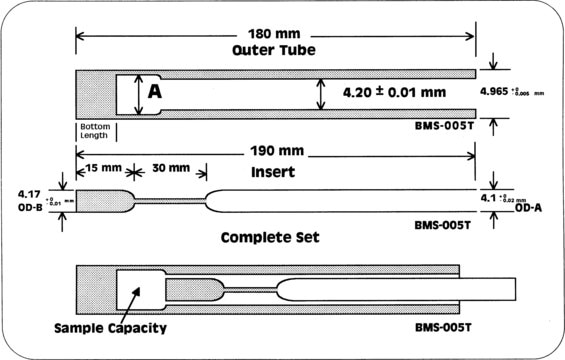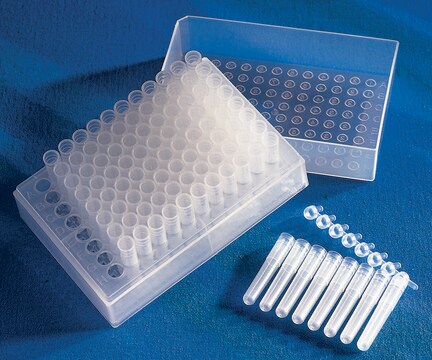721964
Methanol solution
NMR reference standard, 4% in methanol-d4 (99.8 atom % D), NMR tube size 5 mm × 8 in.
Sign Into View Organizational & Contract Pricing
All Photos(1)
About This Item
Empirical Formula (Hill Notation):
CH4O
CAS Number:
Molecular Weight:
32.04
Beilstein:
3662861
MDL number:
UNSPSC Code:
41116107
PubChem Substance ID:
NACRES:
NA.12
Recommended Products
grade
NMR reference standard
concentration
4% in methanol-d4 (99.8 atom % D)
technique(s)
NMR: suitable
NMR tube size
5 mm × 8 in.
format
single component solution
SMILES string
CO
InChI
1S/CH4O/c1-2/h2H,1H3
InChI key
OKKJLVBELUTLKV-UHFFFAOYSA-N
Looking for similar products? Visit Product Comparison Guide
Features and Benefits
Low temperature callibration
Quantity
5 mm O.D. tube contains 0.700 mL.
Signal Word
Danger
Hazard Statements
Precautionary Statements
Hazard Classifications
Acute Tox. 3 Dermal - Acute Tox. 3 Inhalation - Acute Tox. 3 Oral - Flam. Liq. 2 - STOT SE 1
Storage Class Code
3 - Flammable liquids
WGK
WGK 2
Flash Point(F)
51.8 °F - closed cup
Flash Point(C)
11 °C - closed cup
Choose from one of the most recent versions:
Already Own This Product?
Find documentation for the products that you have recently purchased in the Document Library.
Mathias Schmelcher et al.
The Journal of antimicrobial chemotherapy, 70(5), 1453-1465 (2015-01-30)
In the light of increasing drug resistance in Staphylococcus aureus, bacteriophage endolysins [peptidoglycan hydrolases (PGHs)] have been suggested as promising antimicrobial agents. The aim of this study was to determine the antimicrobial activity of nine enzymes representing unique homology groups
Kentaro Fujiwara et al.
EJNMMI research, 4, 29-29 (2014-07-10)
ROBO1 is a membrane protein that functions in axon guidance. ROBO1 contributes to tumour metastasis and angiogenesis and may have potential as a target protein of immunotherapy because ROBO1 is specifically expressed at high levels in hepatocellular carcinoma. In this
Haruka Oda et al.
Biomaterials, 56, 86-91 (2015-05-03)
A large number of lineage-committed progenitor cells are required for advanced regenerative medicine based on cell engineering. Due to their ability to differentiate into multiple cells lines, multipotent stem cells have emerged as a vital source for generating transplantable cells
Timo Heidt et al.
Circulation research, 115(2), 284-295 (2014-05-03)
Macrophages populate the steady-state myocardium. Previously, all macrophages were thought to arise from monocytes; however, it emerged that, in several organs, tissue-resident macrophages may self-maintain through local proliferation. Our aim was to study the contribution of monocytes to cardiac-resident macrophages
Nicolas Vodovar et al.
European heart journal, 35(48), 3434-3441 (2014-08-27)
Increases in plasma B-type natriuretic peptide (BNP) concentrations in those with acutely decompensated heart failure (ADHF) has been mainly attributed to an increase in NPPB gene transcription. Recently, proBNP glycosylation has emerged as a potential regulatory mechanism in the production
Our team of scientists has experience in all areas of research including Life Science, Material Science, Chemical Synthesis, Chromatography, Analytical and many others.
Contact Technical Service









